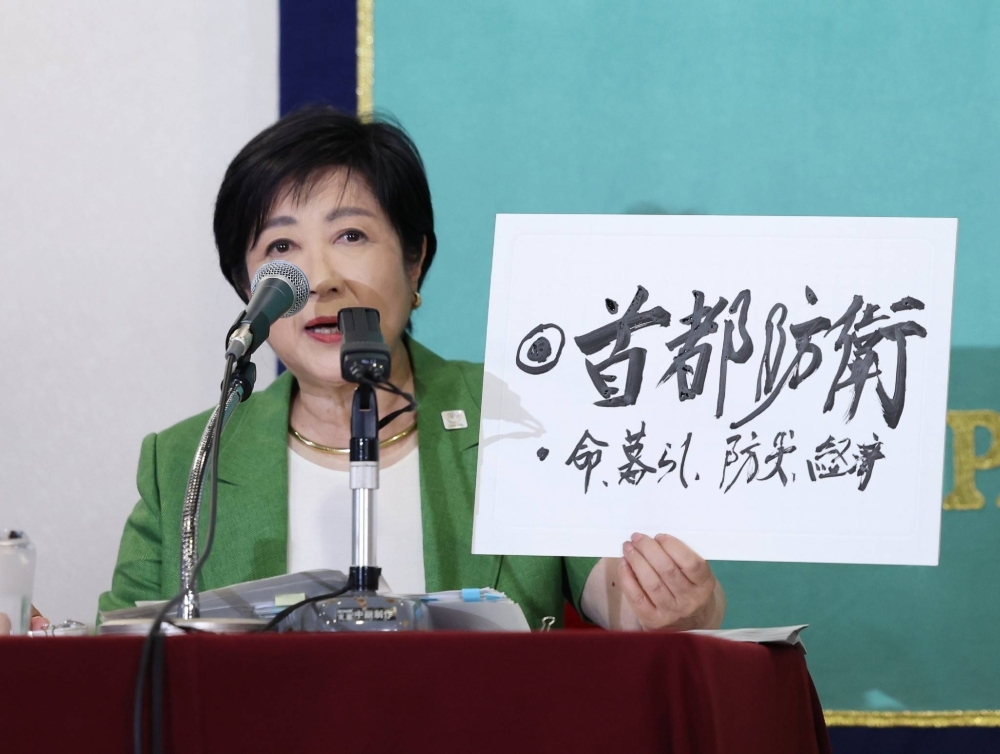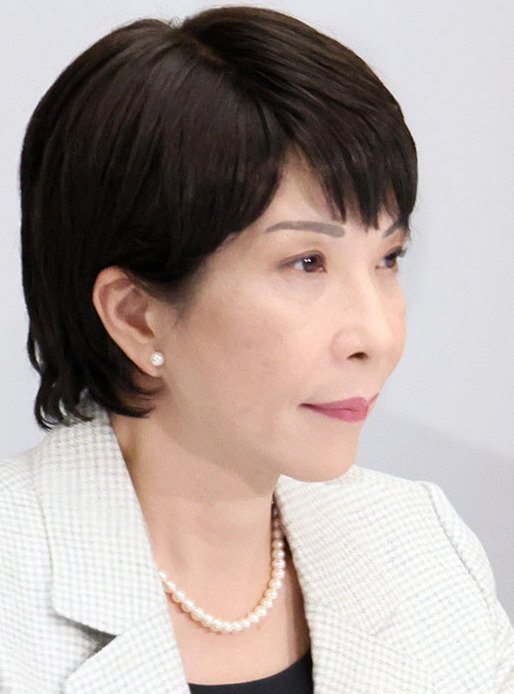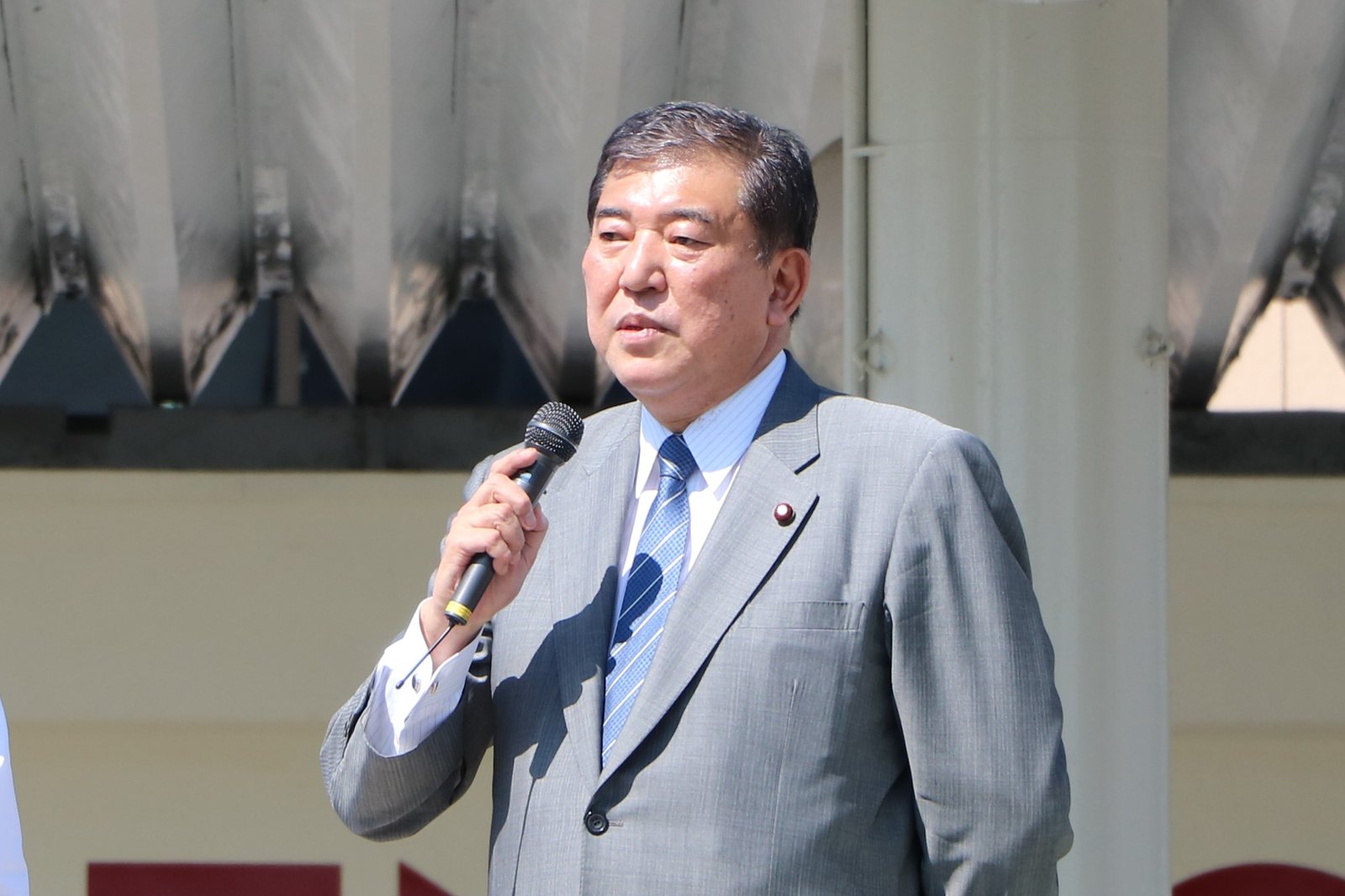Koike and Renho adopt contrasting approaches to Tokyo election
Candidates in the Tokyo gubernatorial election were busy appealing to voters during the first weekend of the campaign amid drizzly weather, with contrasting strategies beginning to emerge.
For the July 7 poll, campaigning for which kicked off Thursday, incumbent Yuriko Koike has prioritized businesses and visited small villages and towns in the capital, while challenger Renho has focused on giving speeches in central Tokyo in hopes of reaching as many people as possible.
Early polls conducted by the Asahi Shimbun and the Nikkei over the weekend both showed that Koike, who is looking to secure her third term, was leading the pack of 56 candidates — the highest number of people running in the city’s history — with Renho chasing right behind. Shinji Ishimaru, the 41-year-old former mayor of the city of Akitakata in Hiroshima Prefecture, was in third.
Koike has said that as the incumbent, her utmost priority is fulfilling her role as governor.
“I am going to go into this (governor race) with my priority set on public duties (as governor),” Koike explained during her weekly news conference on Friday.
On Saturday, she flew to the remote island of Hachijojima, 300 kilometers south of the Tokyo metropolitan area, to visit a farm. The following day, Koike visited a dam in the town of Okutama, the most westerly area of Tokyo. On each occasion, she met with local residents.

Tokyo Gov. Yuriko Koike speaks at a joint news conference in Tokyo on Wednesday. | JIJI
Out of the 62 wards, cities, towns and villages of Tokyo, Koike is focusing on these smaller areas with fewer constituents that are far away from the metropolitan government office to show her willingness to put the spotlight on Tokyoites that are geographically and socially isolated, said Yasushi Aoyama, a political scientist and former vice Tokyo governor.
“The other thing … is that she probably thinks she has already won the election. If she thought she was losing ground, she would be calling out more desperately, and so I think it’s safe to say she has a lot of breathing room,” he said.
Renho, meanwhile, is taking a completely different approach.
“The fact that she kicked off her campaign at the north exit of Nakano Station, a place that a huge number of people use, clearly shows that she wants her voice to be heard by as many people as possible,” Aoyama noted.
Renho gave campaign speeches at busy stations such as Shibuya, Sangenjaya, Ikebukuro and Kinshicho over the weekend. Her speeches focused on policies appealing to younger voters, such as vows to improve their financial circumstances — the focal point of her campaign.
Ishimaru, who spent the weekend campaigning in historic areas such as Sugamo, Asakusa and Ueno, as well as making use of his sizable online presence by doing livestreams and holding online meetups, could be the dark horse in the election if he can rake in votes from Liberal Democratic Party supporters who won’t vote for Koike, Aoyama said.
“There are many LDP votes that will not go to Koike, so if Ishimaru can effectively strategize to garner those votes that otherwise would not be cast, I think he can come pretty close to Renho.”














Post Comment